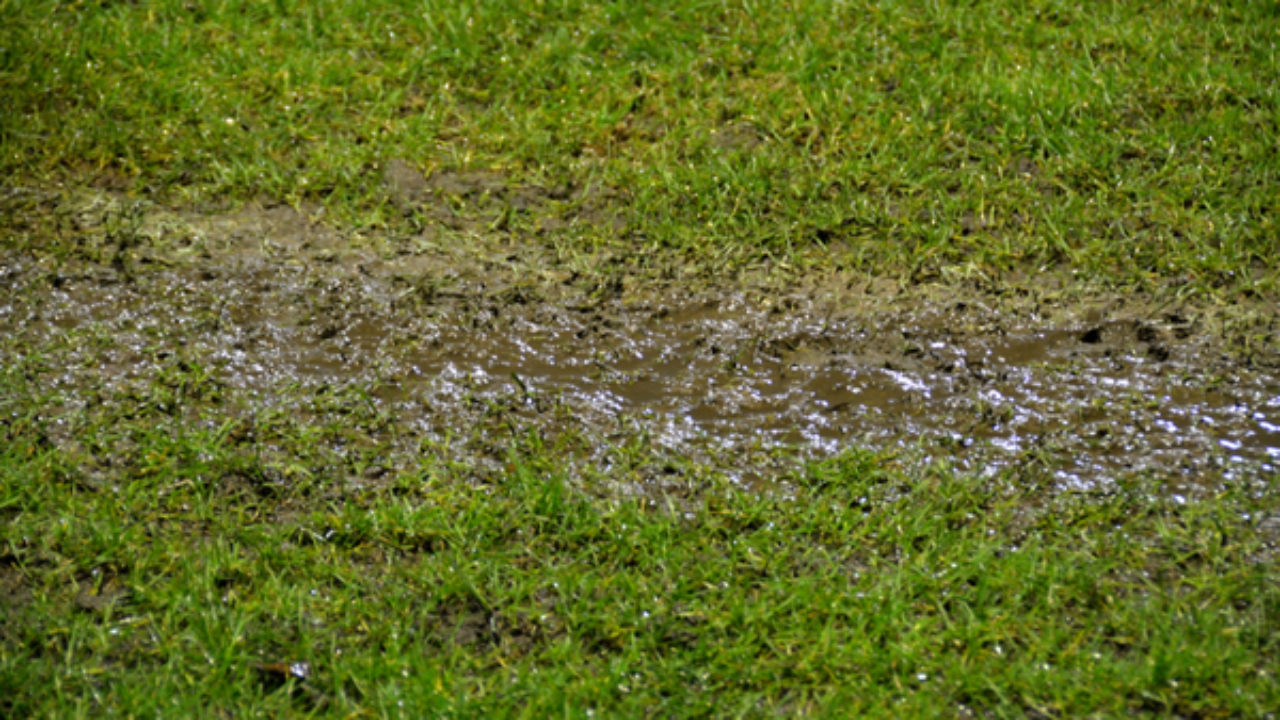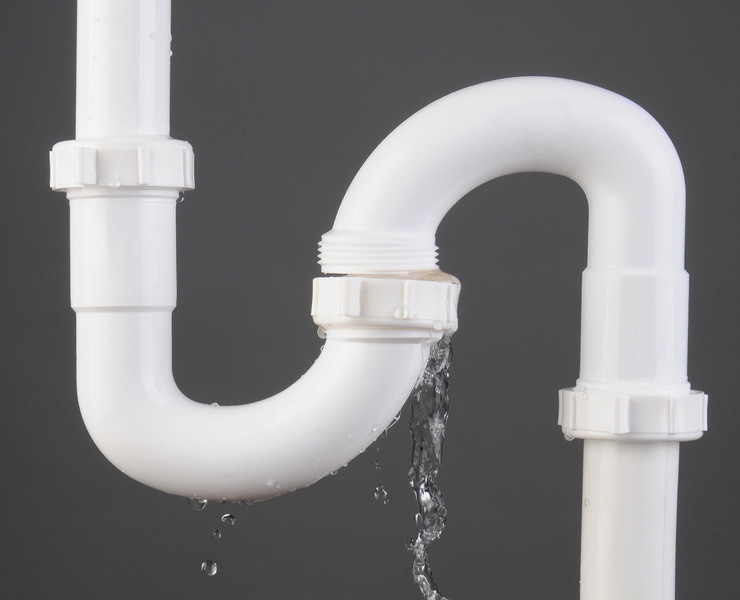We've noticed the article about Leaking water lines below on the internet and accepted it made sense to talk about it with you here.

Early discovery of leaking water lines can minimize a potential calamity. Some small water leakages might not be visible.
1. Analyze the Water Meter
Every residence has a water meter. Checking it is a surefire way that helps you find leaks. For starters, shut off all the water sources. Make sure no person will certainly purge, make use of the tap, shower, run the cleaning maker or dish washer. From there, most likely to the meter as well as watch if it will change. Since nobody is using it, there should be no activities. If it relocates, that indicates a fast-moving leakage. Similarly, if you discover no changes, wait a hr or more and check back once more. This suggests you may have a slow-moving leak that might also be below ground.
2. Check Water Consumption
If you find unexpected changes, despite your consumption being the exact same, it suggests that you have leaks in your plumbing system. A sudden spike in your expense indicates a fast-moving leakage.
A consistent rise every month, also with the same practices, reveals you have a slow-moving leakage that's also slowly escalating. Call a plumber to completely examine your residential property, specifically if you feel a warm location on your flooring with piping below.
3. Do a Food Coloring Examination
30% comes from bathrooms when it comes to water consumption. Test to see if they are running appropriately. Drop flecks of food shade in the tank as well as wait 10 mins. If the color somehow infiltrates your dish throughout that time without flushing, there's a leakage between the storage tank as well as dish.
4. Asses Exterior Lines
Do not forget to inspect your outside water lines also. Should water seep out of the connection, you have a loose rubber gasket. One small leakage can throw away loads of water as well as surge your water expense.
5. Evaluate the situation and inspect
Property owners should make it a habit to check under the sink counters and also also inside cupboards for any bad odor or mold and mildew development. These two warnings show a leak so prompt focus is needed. Doing regular examinations, even bi-annually, can save you from a significant problem.
If you know your house is currently old, keep a watchful eye on your heating systems, hoses, pipelines etc. Check for stainings and compromising as the majority of home appliances and also pipelines have a life span. They will also naturally weaken as a result of tear and wear. If you think leaking water lines in your plumbing system, don't wait for it to escalate. Call a professional plumber as soon as possible so you do not wind up with an awful mess in your house.
Early detection of leaking water lines can reduce a prospective catastrophe. Some small water leaks might not be noticeable. Inspecting it is a guaranteed means that helps you find leakages. One tiny leak can throw away loads of water and also increase your water bill.
If you presume dripping water lines in your plumbing system, do not wait for it to escalate.
WARNING SIGNS OF WATER LEAKAGE BEHIND THE WALL
PERSISTENT MUSTY ODORS
As water slowly drips from a leaky pipe inside the wall, flooring and sheetrock stay damp and develop an odor similar to wet cardboard. It generates a musty smell that can help you find hidden leaks.
MOLD IN UNUSUAL AREAS
Mold usually grows in wet areas like kitchens, baths and laundry rooms. If you spot the stuff on walls or baseboards in other rooms of the house, it’s a good indicator of undetected water leaks.
STAINS THAT GROW
When mold thrives around a leaky pipe, it sometimes takes hold on the inside surface of the affected wall. A growing stain on otherwise clean sheetrock is often your sign of a hidden plumbing problem.
PEELING OR BUBBLING WALLPAPER / PAINT
This clue is easy to miss in rooms that don’t get much use. When you see wallpaper separating along seams or paint bubbling or flaking off the wall, blame sheetrock that stays wet because of an undetected leak.
BUCKLED CEILINGS AND STAINED FLOORS
If ceilings or floors in bathrooms, kitchens or laundry areas develop structural problems, don’t rule out constant damp inside the walls. Wet sheetrock can affect adjacent framing, flooring and ceilings.
https://www.servicemasterbyzaba.com/blog/how-to-detect-water-leakage-in-walls/

We were made aware of that write-up about Finding hidden leaks through an associate on a different website. Loved our blog entry? Please share it. Let other people check it out. We thank you for reading our article about Leaking water lines.